Protected natural areas include forests of the Commonwealth of Puerto Rico, natural reserves both at sea and in estuaries, and wildlife refuges. These areas are designated in various ways depending on the reason why they are delimited, what conservation mechanism is used, the agency or entity that owns the land, and who manages the area.
The forests of the Commonwealth are established through proclamations issued by the Governor of Puerto Rico in accordance with the Puerto Rico Forest Law (Law 133, 1975), while wildlife refuges are established by the Secretary of the Department of Natural and Environmental Resources of Puerto Rico (DNER) under the Puerto Rico Wildlife Law (Law 241, 1999) and Regulation No. 6765 (Regulation to Oversee the Conservation and Management of Wildlife, Exotic Species, and Hunting in the Commonwealth of Puerto Rico). Natural reserves are established differently (Castro-Prieto et al. Court case in press): through the acquisition of land through the Forest Legacy Program administered by the DNER but with funds for the acquisition of land granted by the USDA Forest Service; mitigations in development projects; donations; and conservation easements.
The Planning Board and the Legislative Assembly also have the power to designate areas of high ecological value.
The United States government can also appropriate and manage protected lands through the Forest Management Act of 1897 for designating a national forest; the Federal Law for the Management of the Coastal Zone of 1972 for designating a national reserve for estuarine research; or establishing natural wildlife refuges according to the National Wildlife Refuge System Law of 1966 and the National Wildlife Refuge System Improvement Law of 1997 (Castro-Prieto et al.).
There are also protected areas administered by private entities, such as Para la Naturaleza, Ciudadanos del Karso, Casa Pueblo, and Tropic Ventures.
The National Parks Program—now affiliated with the DRNA—also manages pools, parks, and vacation centers in natural areas of ecological value for the enjoyment of citizens.
According to the inventory of protected areas, developed by the Protected Areas Conservation Action Team (PACAT) last updated in December 2016, in Puerto Rico there are 159 areas that occupy 16% (1,436 km2) of the surface of the archipelago. If we exclude the Restricted Zone of Special Planning, these areas occupy around 8% of the archipelago (Castro-Prieto et al.).
The Estuario de la Bahía de San Juan basin includes 14 naturally protected areas that occupy 23.7 km2 of its area (10% of the total basin). The largest naturally protected areas are
- Piñones State Forest (8.9 km2)
- Ciénaga las Cucharillas Natural Reserve (2.8 km2)
- Los Frailes Natural Protected Area (2.7Km2).
Municipalities with largest protected areas are Loíza (11.6 km2 or 49% of total area within the basin), San Juan (6.4 km2 or 27% of its area), Cataño (2.8 km2 or 12%) and Bayamón (1.2 km2 or 5%).


